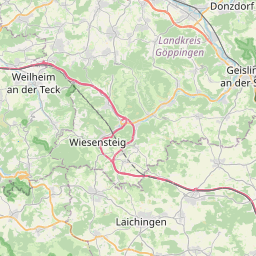






Description: Das Projekt "Die Bedeutung des Bodenskeletts als Speicher für kurzfristig verfügbare Nährelemente" wird/wurde gefördert durch: Forschungszentrum Karlsruhe Technik und Umwelt, Projektträgerschaft Lebensgrundlage Umwelt und ihre Sicherung. Es wird/wurde ausgeführt durch: Albert-Ludwigs-Universität Freiburg, Institut für Geo- und Umweltnaturwissenschaften, Professur für Bodenökologie.
SupportProgram
Origins: /Bund/UBA/UFORDAT
Tags: Freiburg ? Karlsruhe ? Ammoniumchlorid ? Ökologie ? Bundesrepublik Deutschland ? Bodenökologie ? Kationen ? Sandstein ? Granit ? Technosol ? Schluff ? Gneis ? Austauschkapazität ? Eigentum ? Ionen ? Ionenaustausch ? Modellversuch ? Quarz ? Perkolation ? Feldkapazität ? Forschungseinrichtung ? Wald ? Gewässer ? Boden ? Quellen ? Versorgung ?
Region: Baden-Württemberg
Bounding boxes: 9° .. 9° x 48.5° .. 48.5°
License: cc-by-nc-nd/4.0
Language: Deutsch
Time ranges: 1998-01-01 - 2000-12-31
Accessed 1 times.